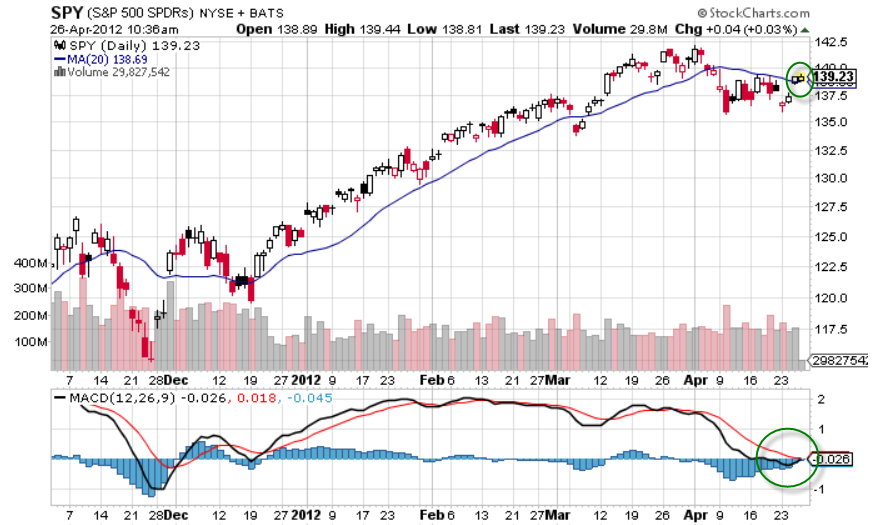Earlier this year, Bank of America economist Michael Hartnett turned some heads with his “Great Rotation” bond market call. Hartnett predicted an end of the multi-year bond market rally that took hold after the financial crisis in 2008. Now, with the economy and housing market rebounding, he sees the action shifting to stocks as the risk appetite of investors starts to improve.
In a new interview with Michael Aneiro at Barron’s, Hartnett has doubled down on his bond market exodus prediction. “What’s the best thing about equities right now? Bonds,” Hartnett said. BofA’s chief investment strategist believes investors will soon begin shunning super low yield bonds in favor of stocks. The following chart underscores that point.
10 Year Treasury Rate data by YCharts
With the outlines of a new debt deal between the White House and House Republicans emerging, there’s a good chance the economy will pick up speed in 2013. If, in tandem, the housing market recovers, so too will a variety of stocks. “If bond yields begin to rise alongside homebuilder and bank stocks, a major asset allocation shift would be warranted,” Hartnett wrote earlier this year.
A stronger economy means interest rates are bound to start heading higher at some point—a trend that undercuts the value of existing bonds. As a result, many analysts are urging investors to diversify away from low-yielding government and corporate bonds. “Investment-grade bonds are expected to provide a mere 1.6% to 3% in returns in 2013, down from 9.6% this year and an average of around 12% every year since the credit crisis,” reports Reuters’ Danielle Robinson in an interesting roundup of bond strategists’ 2013 outlook.
Meanwhile, analysts from the Bank of America Merrill Lynch see the S&P 500 Index (SPX) advancing 11% by the end of next year to around 1,600. And Goldman Sachs U.S. equity strategist David Kostin, Business Insider reports, is also bullish and sees the S&P reaching 1575 next year.
Certain information contained in this presentation is based upon forward-looking statements, information and opinions, including descriptions of anticipated market changes and expectations of future activity. The manager believes that such statements, information and opinions are based upon reasonable estimates and assumptions. However, forward-looking statements, information and opinions are inherently uncertain and actual events or results may differ materially from those reflected in the forward-looking statements. Therefore, undue reliance should not be placed on such forward-looking statements, information and opinions.




